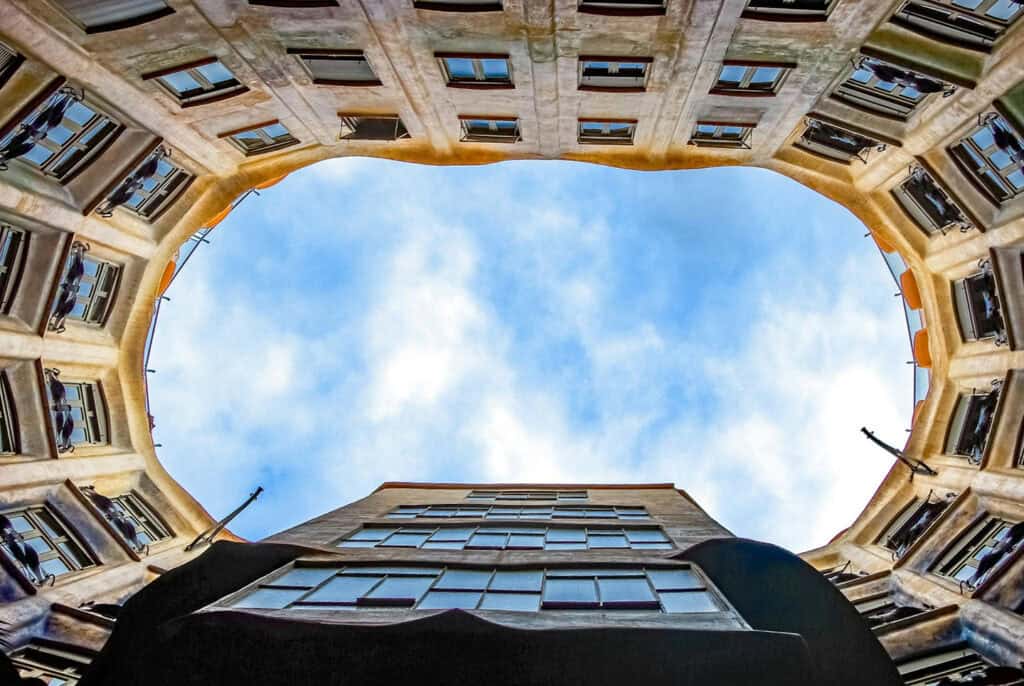
Are you passionate about architecture that blends tradition with modern innovation?
In the quest for design that resonates with both tradition and modernity, discovering architects who embody these qualities can be transformative.
In this article, we introduce:
- Notable Hispanic architects
- Innovative and iconic designs
- Cultural and environmental impacts
Join us as we explore their groundbreaking works and understand how their unique approaches continue to shape and inspire architectural practices around the world.
- Hispanic Architects
- 1. Luis Barragán: Master of Color and Light
- 2. César Pelli: Shaping Modern Skylines
- 3. Oscar Niemeyer: Curves of Modernism
- 4. Ismael Leyva: Innovating Urban Living
- 5. Ricardo Legorreta: Modern Mexican Architecture
- 6. Rafael Viñoly: Bridging Cultures in Design
- 7. Teodoro González de León: The Architect of Mexico’s Cultural Institutions
- Famous Hispanic Architects: A Recap
Hispanic Architects
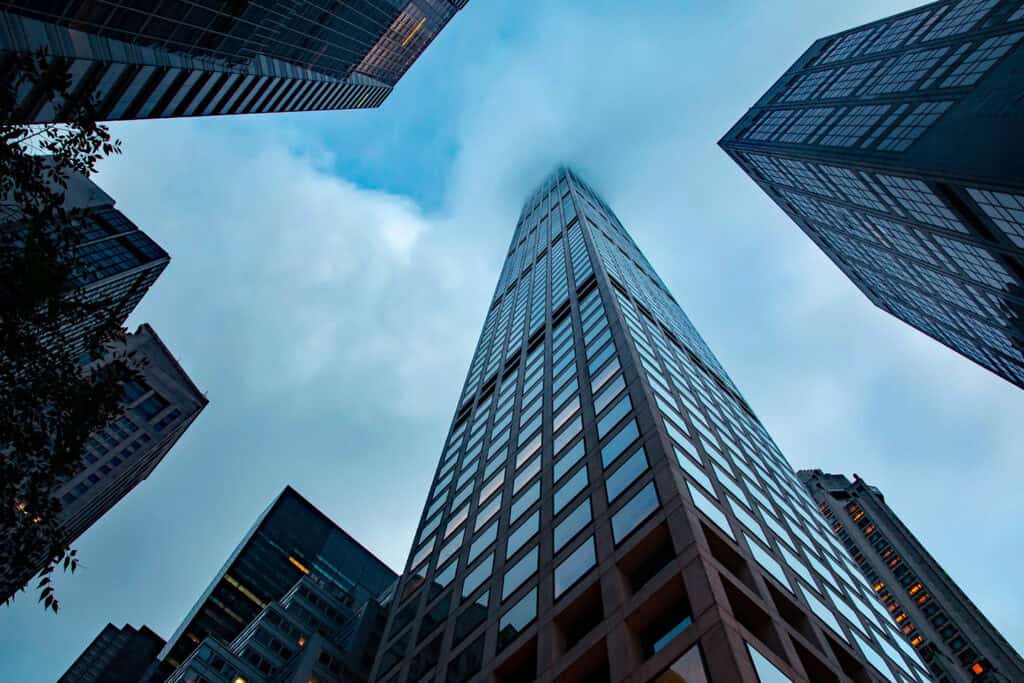
Hispanic architects have made significant contributions to the global architectural landscape. Their work often reflects a rich blend of traditional and contemporary design, showcasing cultural heritage and innovative practices.
Notable Hispanic and Latino architects continue to shape urban spaces. Their projects range from iconic buildings to cultural institutions, emphasizing sustainability and community impact.
See also: Architectural Artists: Top 8 Visionaries You Need to Know
1. Luis Barragán: Master of Color and Light
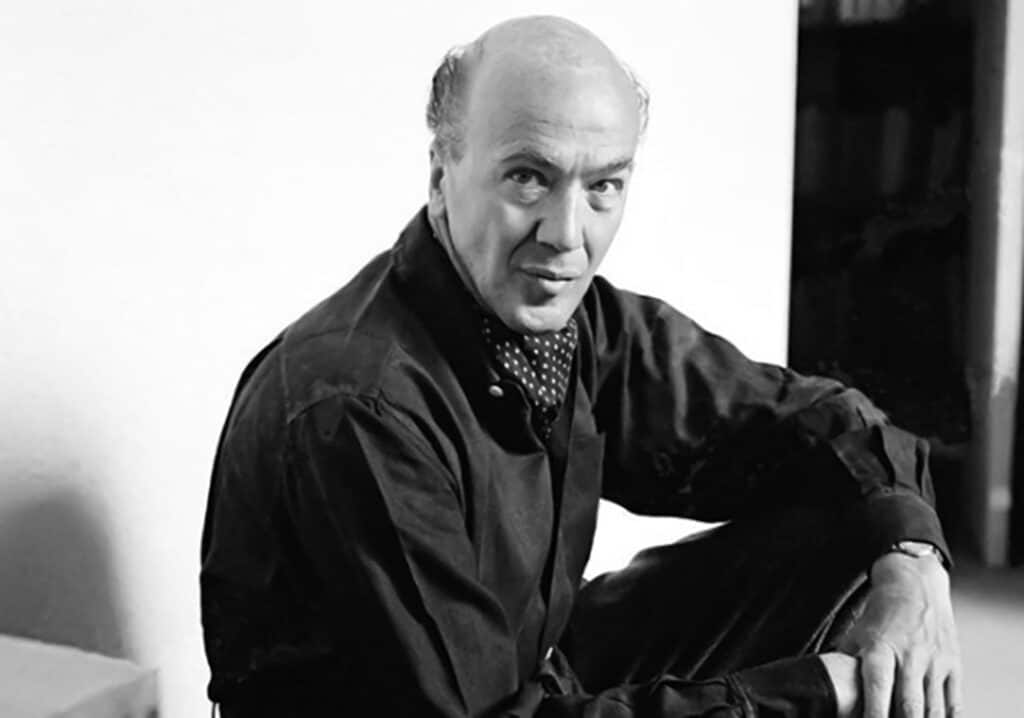
Luis Barragán was a prominent Mexican architect known for his masterful use of color, light, and space. His designs blend traditional Mexican architecture with modernist elements, creating emotionally resonant environments.
His approach, emphasizing emotional resonance and harmony with his surroundings, continues to inspire contemporary practices, solidifying his status within the Pritzker Architecture Prize community.
Casa Barragán

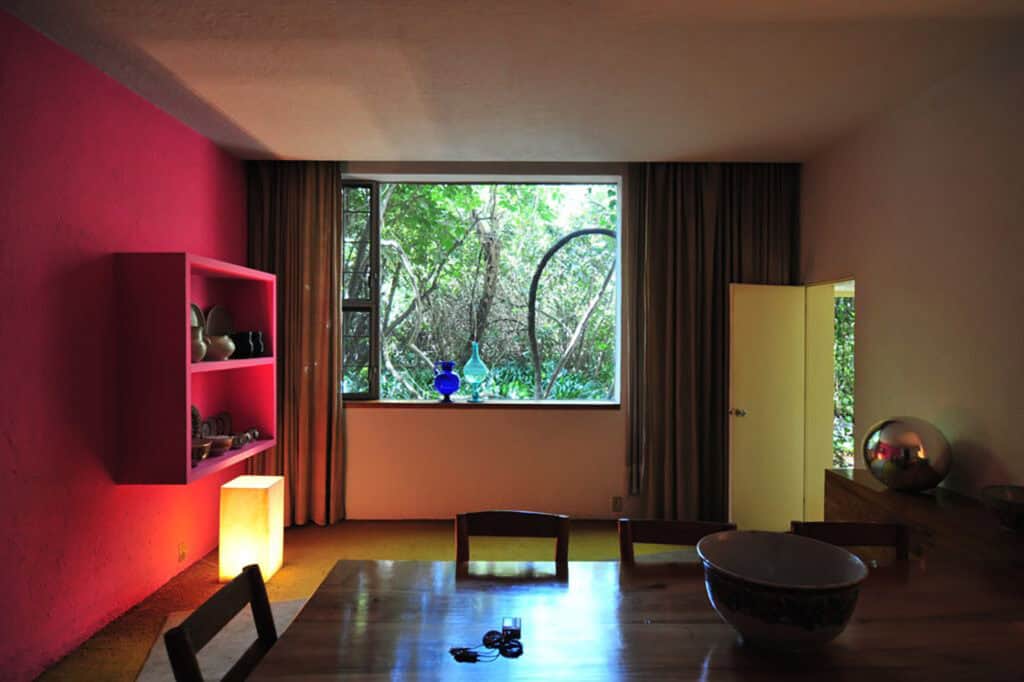

Casa Barragán, a UNESCO World Heritage site, showcases bright colors, natural elements, and innovative use of space. The integration of gardens enhances its tranquil ambiance, blending indoor and outdoor experiences seamlessly.
2. César Pelli: Shaping Modern Skylines

César Pelli significantly influenced contemporary architecture, particularly in urban environments. His work is characterized by sleek, modern designs that often incorporate glass and steel.
Notable projects like the Pacific Design Center highlight his ability to blend architecture with the urban fabric. Pelli, originally from Argentina, brought his unique vision to various cities, including Buenos Aires, leaving an indelible mark on the architectural realm worldwide.
World Financial Center
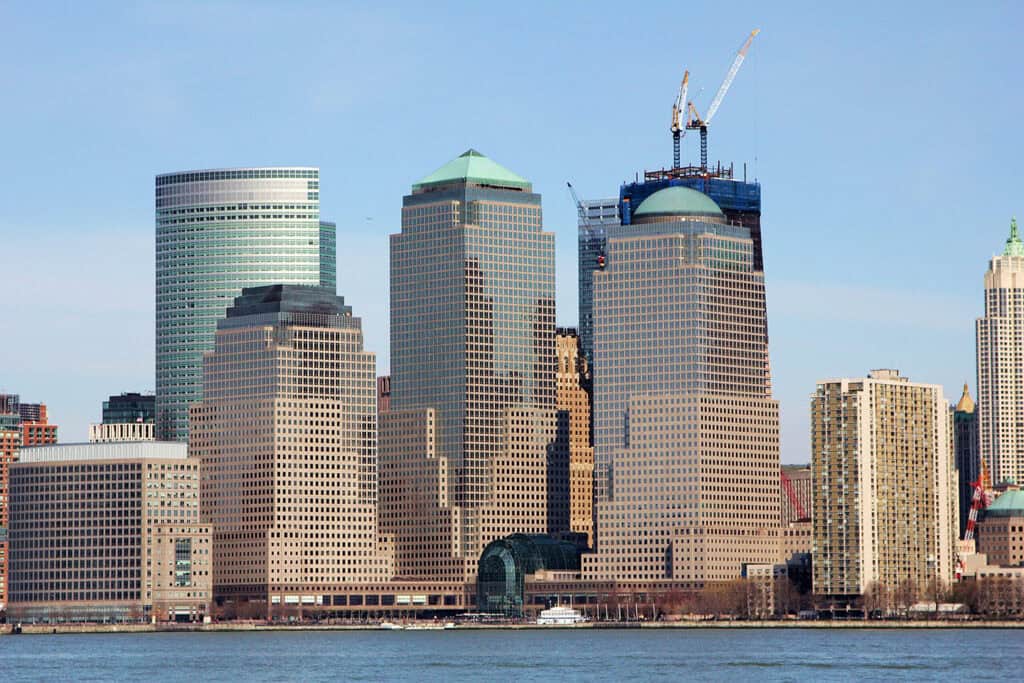
This iconic complex features a blend of glass and steel, resonating with modernist principles. The design emphasizes openness and connectivity, creating inviting public spaces. Pelli’s thoughtful approach transformed New York’s Manhattan skyline, setting a standard for future skyscraper design by prioritizing both functionality and beauty.
3. Oscar Niemeyer: Curves of Modernism
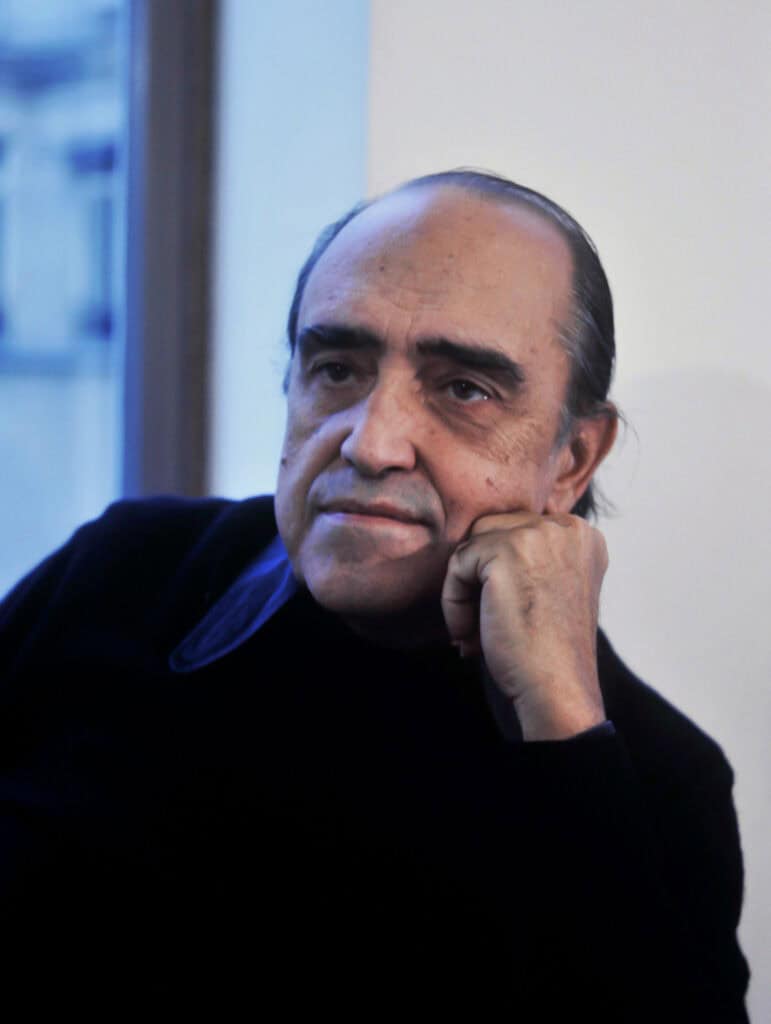
Oscar Niemeyer is celebrated for his role in shaping modern architectural styles through his signature use of curves and organic forms. His work embodies a fusion of modern art and architecture, making him a key figure among Latin American architects.
He drew inspiration from the works of Le Corbusier, adapting modernist principles to create a distinct, expressive style.
The Niterói Contemporary Art Museum
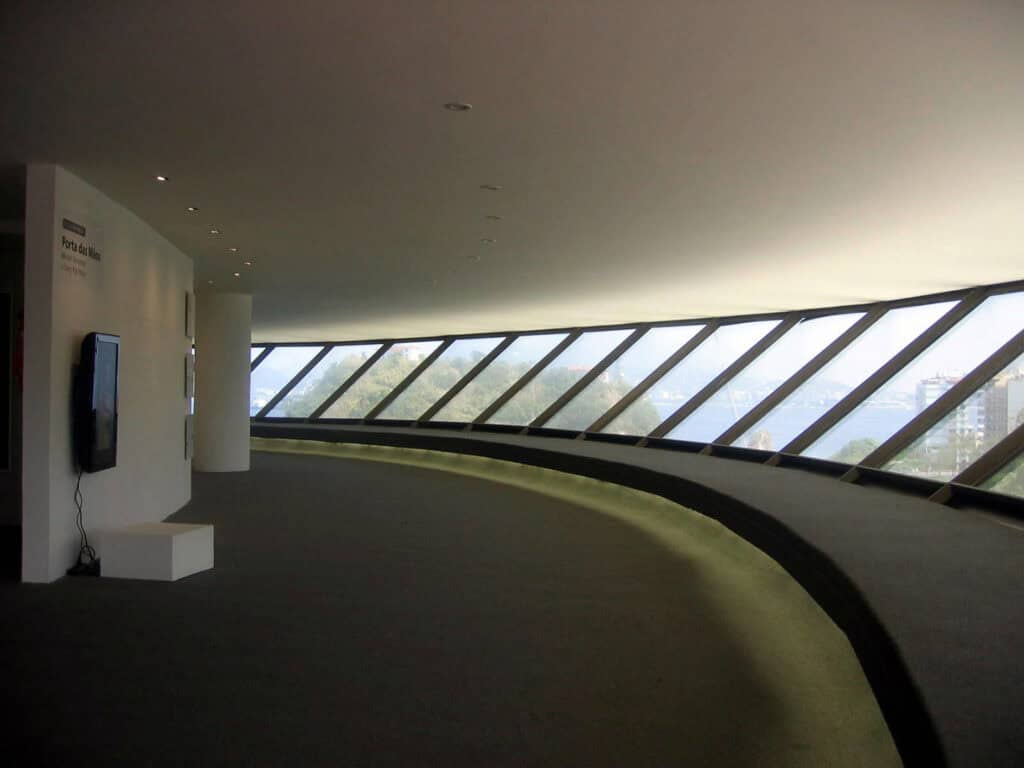
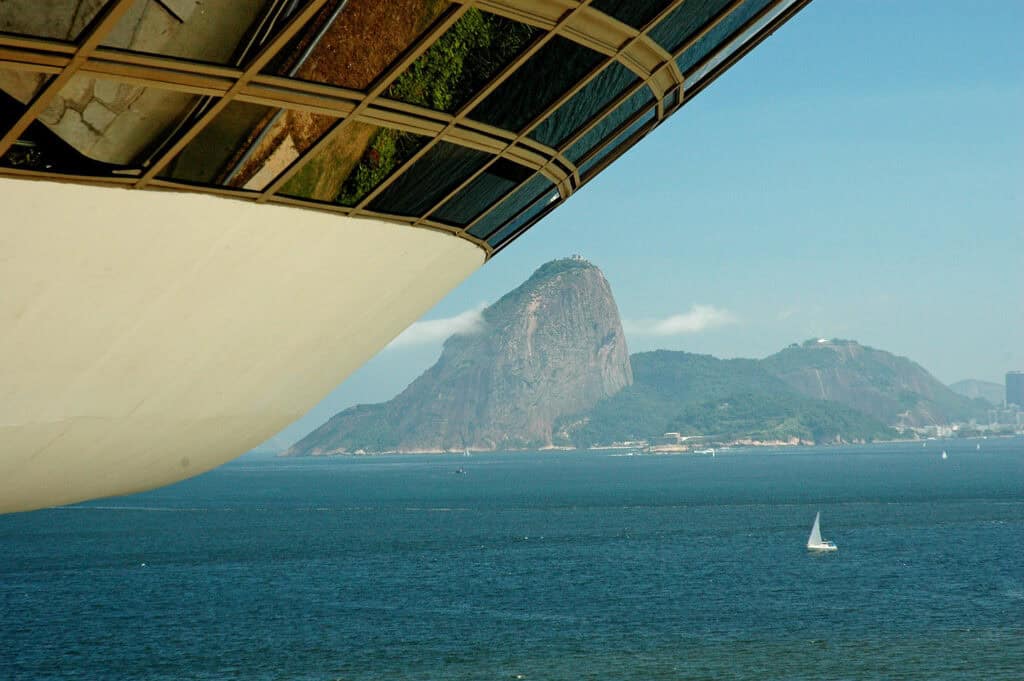
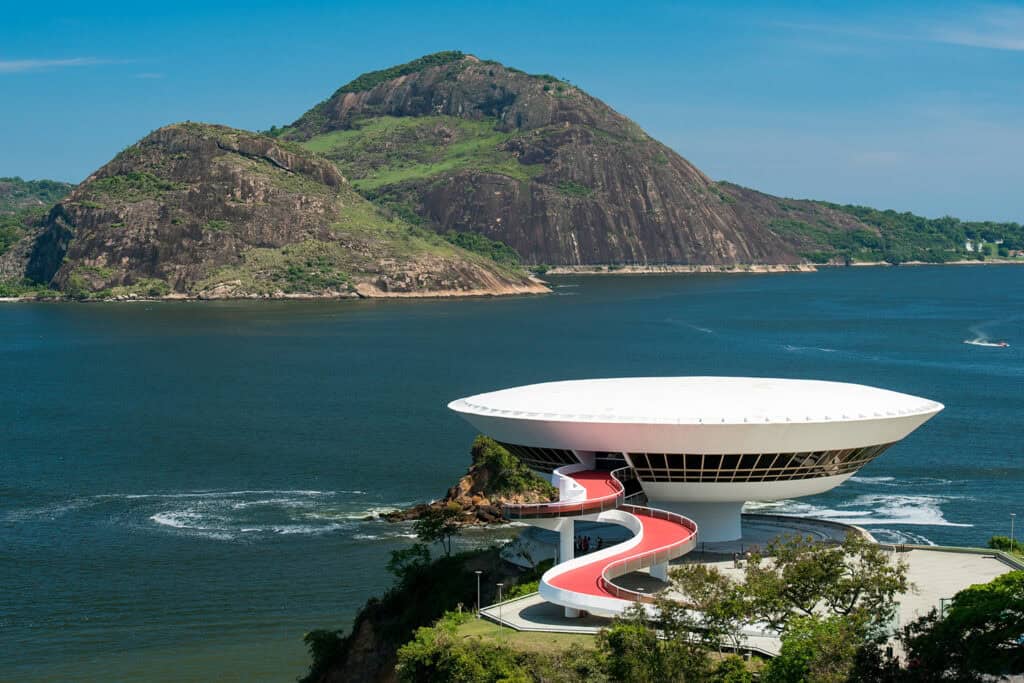
The museum features bold curves and a futuristic appearance, reflecting Niemeyer’s innovative design philosophy. This iconic building exemplifies Niemeyer’s unique approach to architecture and serves as a prominent cultural institution in Brazil.
Other notable projects include the Cathedral of Brasília and the National Museum of Brazil, both reflecting his architectural vision.
4. Ismael Leyva: Innovating Urban Living
Ismael Leyva is a prominent figure in the architectural realm, known for his innovative contributions to urban living. His firm focuses on creating spaces that are both functional and aesthetically pleasing.
Leyva’s work is inspired by the need for well-designed urban spaces that cater to varied communities. Each project reflects his commitment to improving urban living through thoughtful architecture, and his influence is evident in New York City’s evolving skyline.
Mercedes House
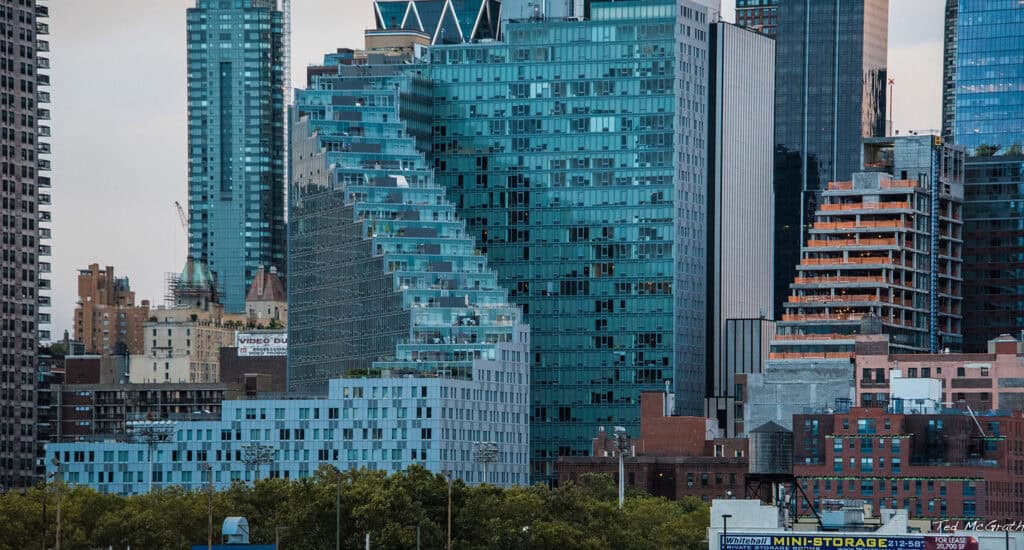
This residential building features a distinctive zigzag design that provides a unique silhouette against the Manhattan skyline. Its design maximizes natural light and incorporates outdoor spaces, enhancing the living experience for residents.
5. Ricardo Legorreta: Modern Mexican Architecture

Ricardo Legorreta was a pivotal figure in famous architecture in Mexico. His work seamlessly integrated traditional elements with modernism, creating spaces that resonate with cultural significance.
Legorreta’s innovative designs have elevated modern Mexican architecture globally, establishing him as a key figure in the international architectural community.
Camino Real Hotel
The hotel exemplifies Legorreta’s signature use of vibrant colors and traditional Mexican architectural features. The bold, geometric forms and vivid hues create a unique aesthetic that reflects the cultural heritage of the region while embracing modern design principles.
His projects often incorporate natural elements and locally sourced materials, emphasizing the connection between architecture and the environment. By using bright colors and dramatic forms, Legorreta infused a lively and dynamic spirit into urban spaces.
6. Rafael Viñoly: Bridging Cultures in Design
Rafael Viñoly was an influential architect known for his ability to merge diverse cultural influences in his designs. His work resonates with both his Latin American roots and contemporary international trends.
Viñoly’s portfolio showcases his innovative design approach across continents, blending his Latin American heritage with global architectural trends. His work leaves a lasting impact on the cities he shapes. His work continues to make an indelible mark on the cities he touches.
432 Park Avenue
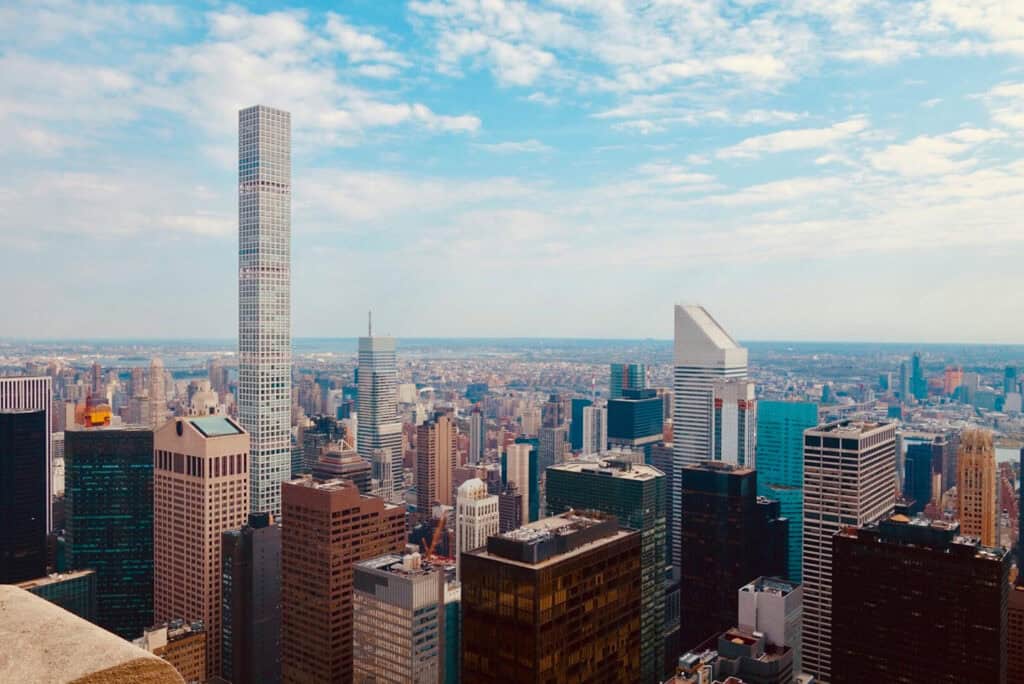
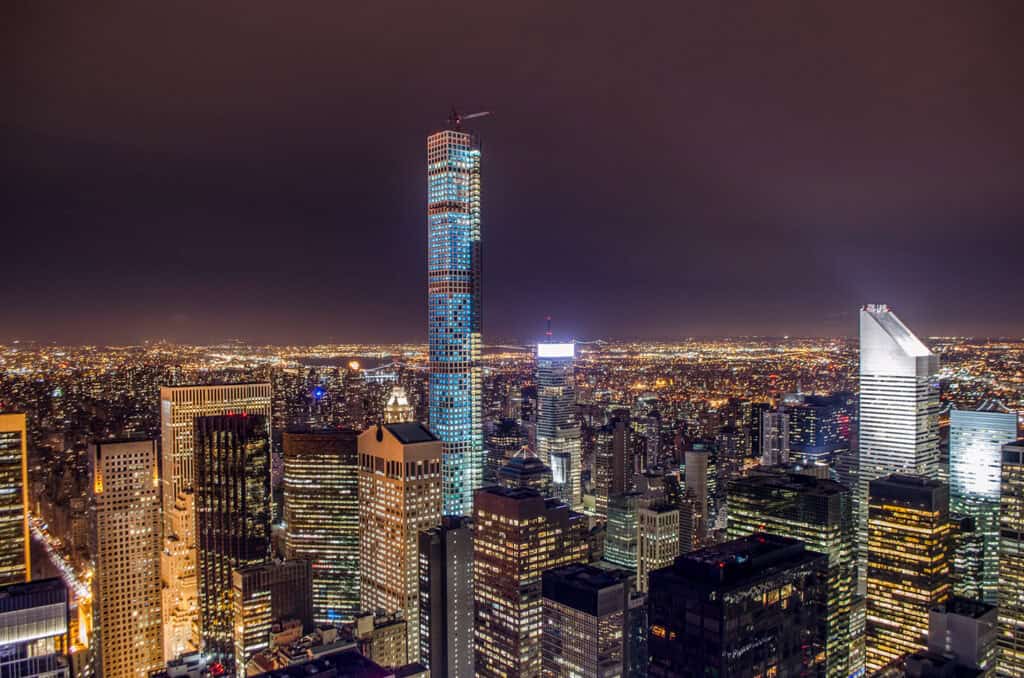
This skyscraper is recognized as one of the tallest residential buildings in the world, celebrated for its minimalist form. Viñoly’s design reflects a global architectural movement, showcasing modernity and innovation in high-density urban settings.
See also: Best Cities for Architecture in the USA: 9 Cities to Explore
7. Teodoro González de León: The Architect of Mexico’s Cultural Institutions
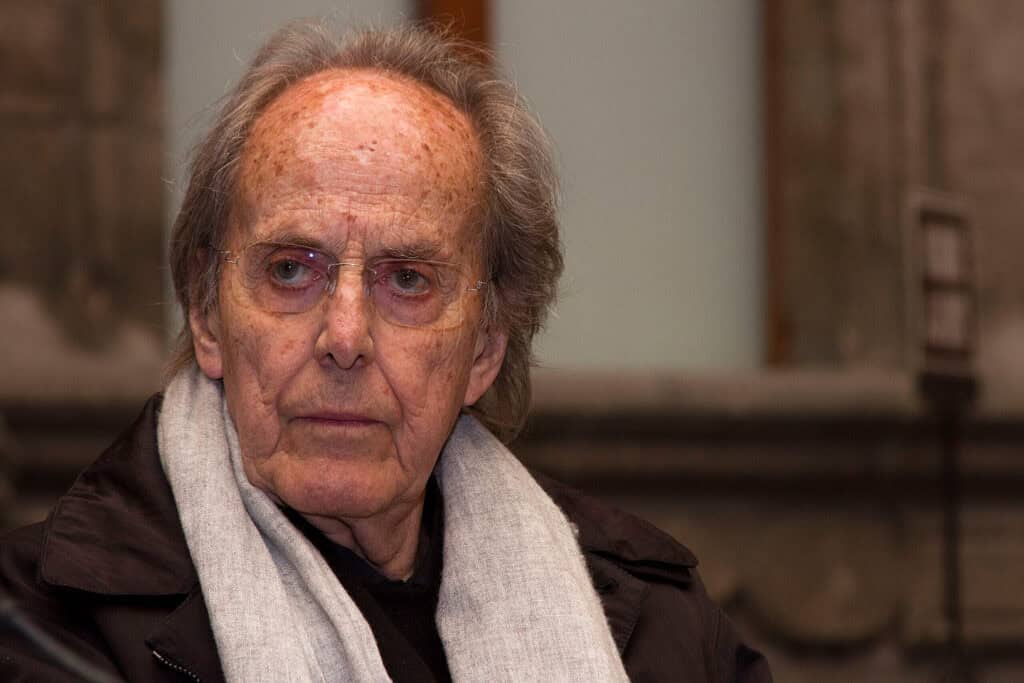
Teodoro González de León was a pivotal figure in shaping the architectural landscape of Mexico City. His work reflects a blend of traditional Mexican architecture and modernism.
His firm focused on projects that integrate the built environment with artistic expression. He was known for using innovative materials and construction techniques, enhancing the visual impact of his designs.
National Auditorium
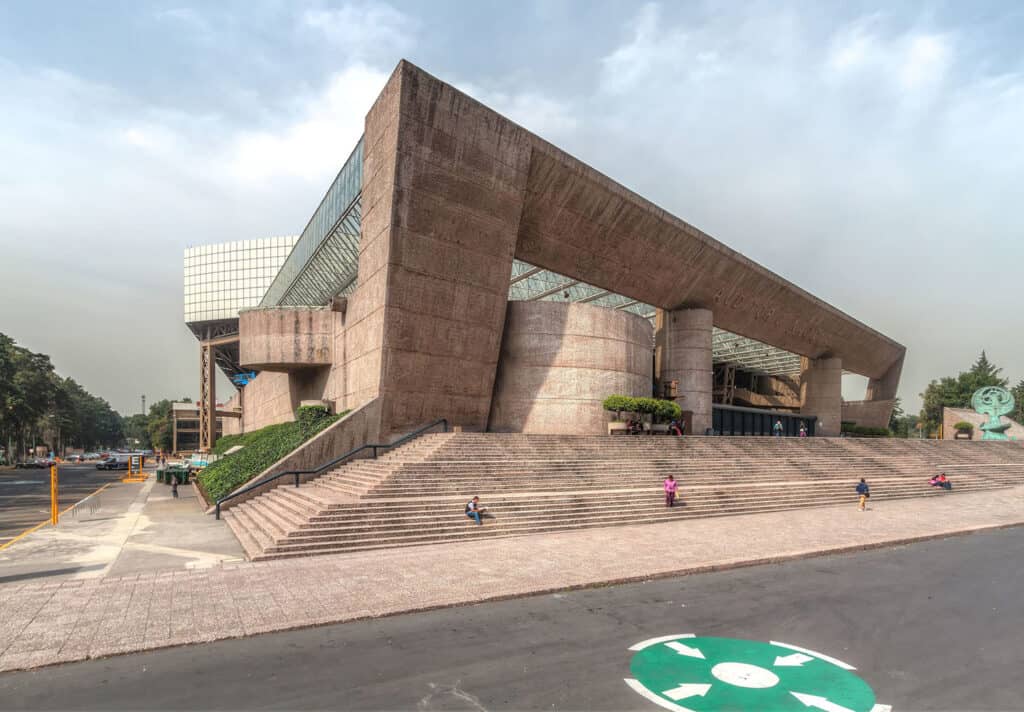
In the late 1980s and early 1990s, Teodoro González de León led a major renovation of the National Auditorium in Mexico City, transforming it into a modern architectural icon. His redesign introduced bold geometric forms and strategic use of light, enhancing the auditorium’s functionality and aesthetic appeal. This renovation solidified the venue’s status as a key cultural landmark in the city.
Famous Hispanic Architects: A Recap
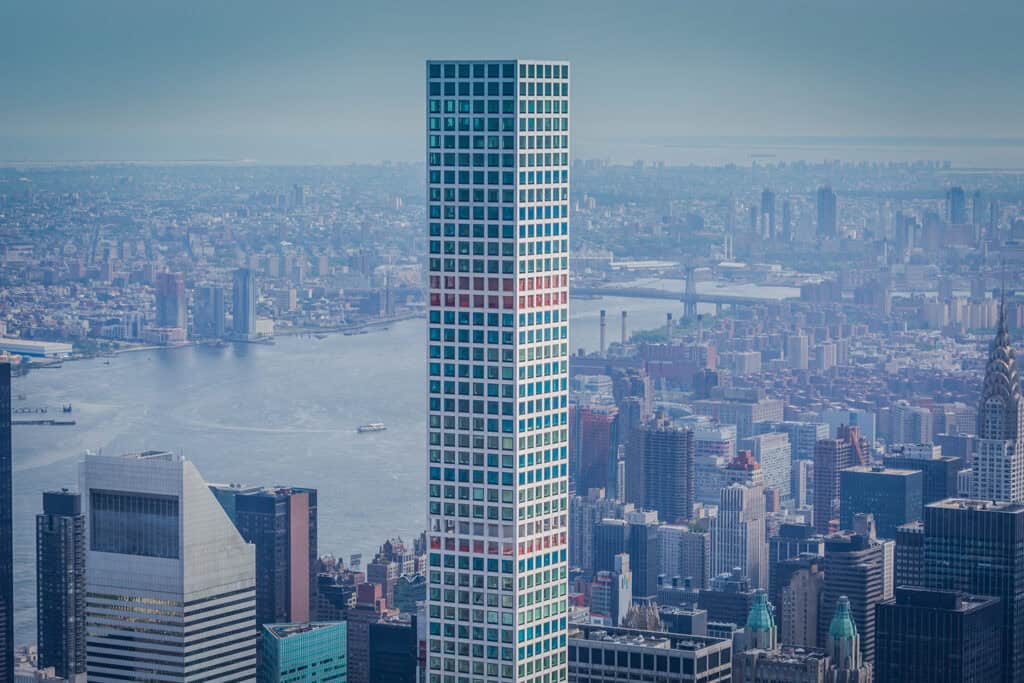
Hispanic architects have left an indelible mark on the architectural landscape. Their contributions reflect a blend of cultural heritage and modern design, serving as inspiration for future generations.
Future trends will likely embrace their innovative approaches, integrating sustainability and cultural narratives into the built environment.
Celebrating Hispanic Heritage Month provides an opportunity to honor these influential figures and their significant roles in architectural history. Their legacies encourage ongoing exploration and innovation within the field.










